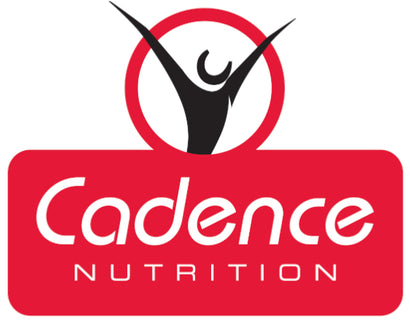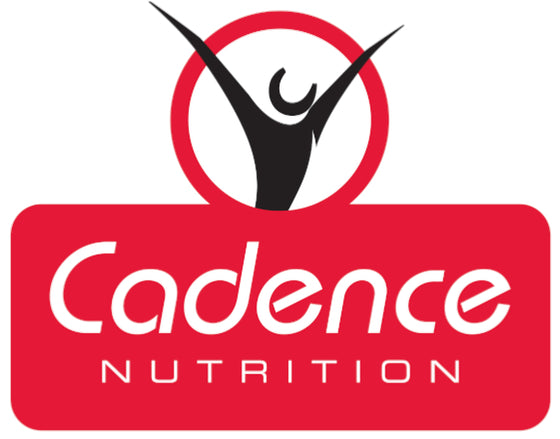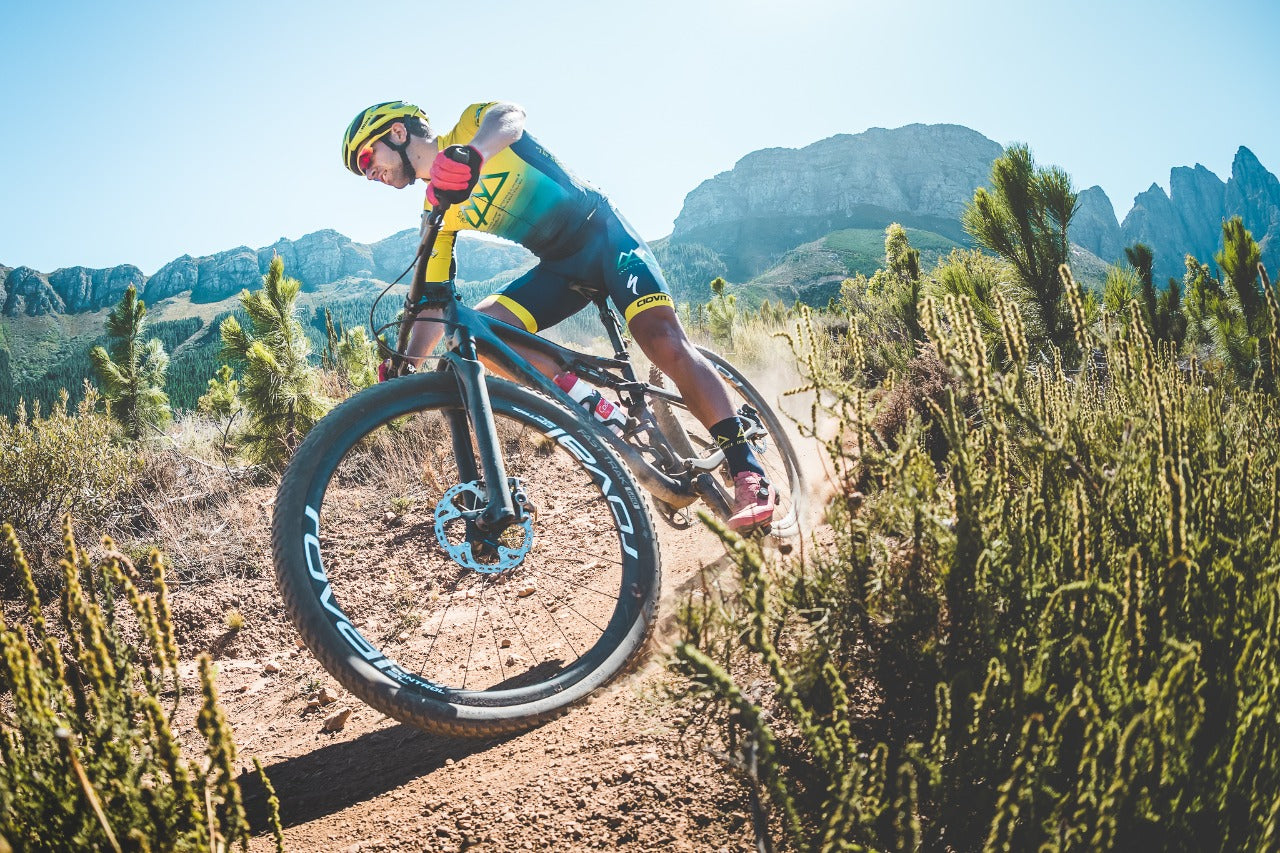Training Your Gut - What Should I Eat On Race Day?
We often have athletes asking: “What should I eat on race day?”, in the week before a race. This is far too late to start planning your nutritional strategy. Your nutritional strategy needs to be carefully planned and practised for weeks prior to you race. Training your gut is an important component of optimising your performance, and focussing on this an all-too-often disregarded facet will make a big difference.
The concept of training your gut optimises your carbohydrate absorption and oxidation, and should be implemented from at least 8 weeks out from key competition. Ideally, this practice of training your gut should also be a year-round practice to ensure that you are able to tolerate the carbohydrate required in both training and racing.
It is hard to recommend a singular nutritional strategy, and more specifically a carbohydrate goal per hour, without knowing what each athlete can tolerate. Our fuel requirements during training and racing far exceeds our ability to absorb ingested carbohydrate. Generally speaking, most individuals will be able to tolerate 60g CHO per hour, some may be able to tolerate 90g CHO per hour. We know from recent research that has been published, that with gut training you may even be able to absorb up to 120g per hour. The only way to establish what is best for you is to train your gut and see what amount of carbohydrate you are able to tolerate.
We have created an 8-week gut training program, which you can download. This is our recommended approach, at least 8 weeks out from your race. This approach will help you to increase the amount of carbohydrate you can absorb and therefore utilize, and may be the missing link in optimising your performance.
To follow this programme, it’s important that you understand the carbohydrate content of your ride foods:

PHASE 1 – 2 WEEKS
The first 2 weeks of the 8 week gut training protocol should include 2 - 3 sessions per week where you consume 50-60g CHO/hour. This can be a mix of solids and isotonic sports drinks, and can look something like this, depending on the the length of your ride:

PHASE 2 – 2 WEEKS
In phase 2, you should consume 75 - 90g CHO / hour in your training, 2 to 3 times a week.
This can be a mix of solids and isotonic sports drinks, and can look something like this, depending on the the length of your ride:

Cadence CarboFuel formula is a 2:1 glucose to fructose, scientifically proven to be the most effective carbohydrate composition. Our single-serving CarboFuel sachets are perfect to refuel on route as well.
PHASE 3 – 2 WEEKS
Increase your carbohydrate intake to 90 – 120g / hour, for 2 – 3 sessions per week in Phase 3.
Vary the amount of carbohydrates to establish the highest quantity that you can tolerate. This may be as high as 120g / hour. Find what works for you. It is important that your fructose concentration is also around 30 – 40% within your solids. A high fructose concentration enables optimum absorption.
A CarboFuel Energy Bar contains 40g of carbohydrates with 16g of fructose.
Your phase 3 ride fuel should comprise something like this:

RACE PREP – 2 WEEKS
Your race day nutrition should be established from the highest quantity carbohydrate that was tolerated in phase 3 – and should be practiced twice a week
DOWNLOAD OUR 8 WEEK GUT-TRAINING PROTOCOL HERE
This gut training program will assist you in absorbing and being able to oxidise more carbohydrate on race day, and also avoid the dreaded upset stomach often experienced during a stage race.
Our nutritional and performance experts are always on hand to answer any of your gut-training related questions.
Also in Cadence Nutrition Blog
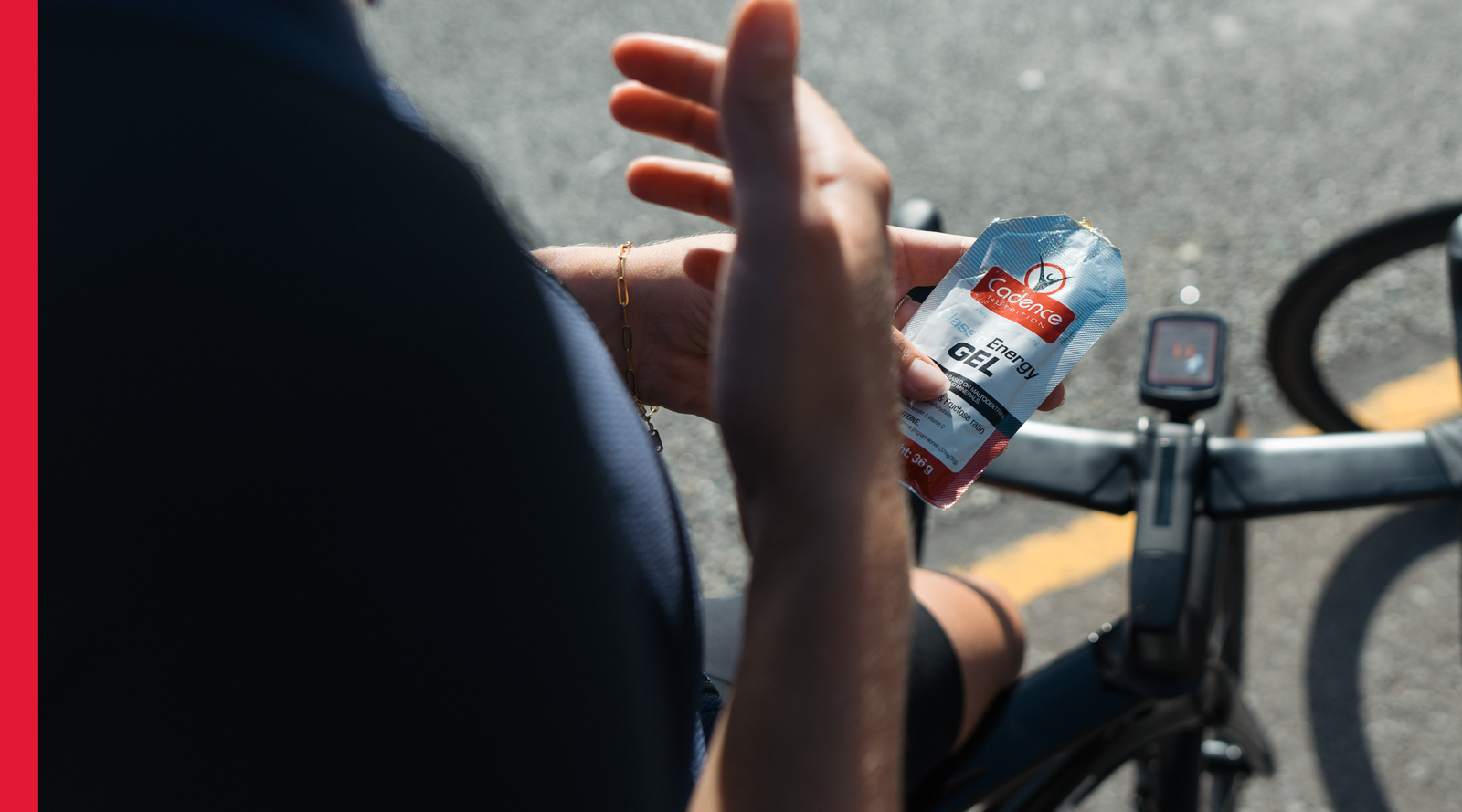
Fuel your 2025 Double Century with Cadence Nutrition
Taking on a Double Century is no small feat - but with the right fuelling plan, you can ride strong from start to finish. This guide breaks down how to aim for 60g carbs per hour, why the 2:1 carb ratio is key for endurance nutrition and how to recover properly so you’re ready for race day.
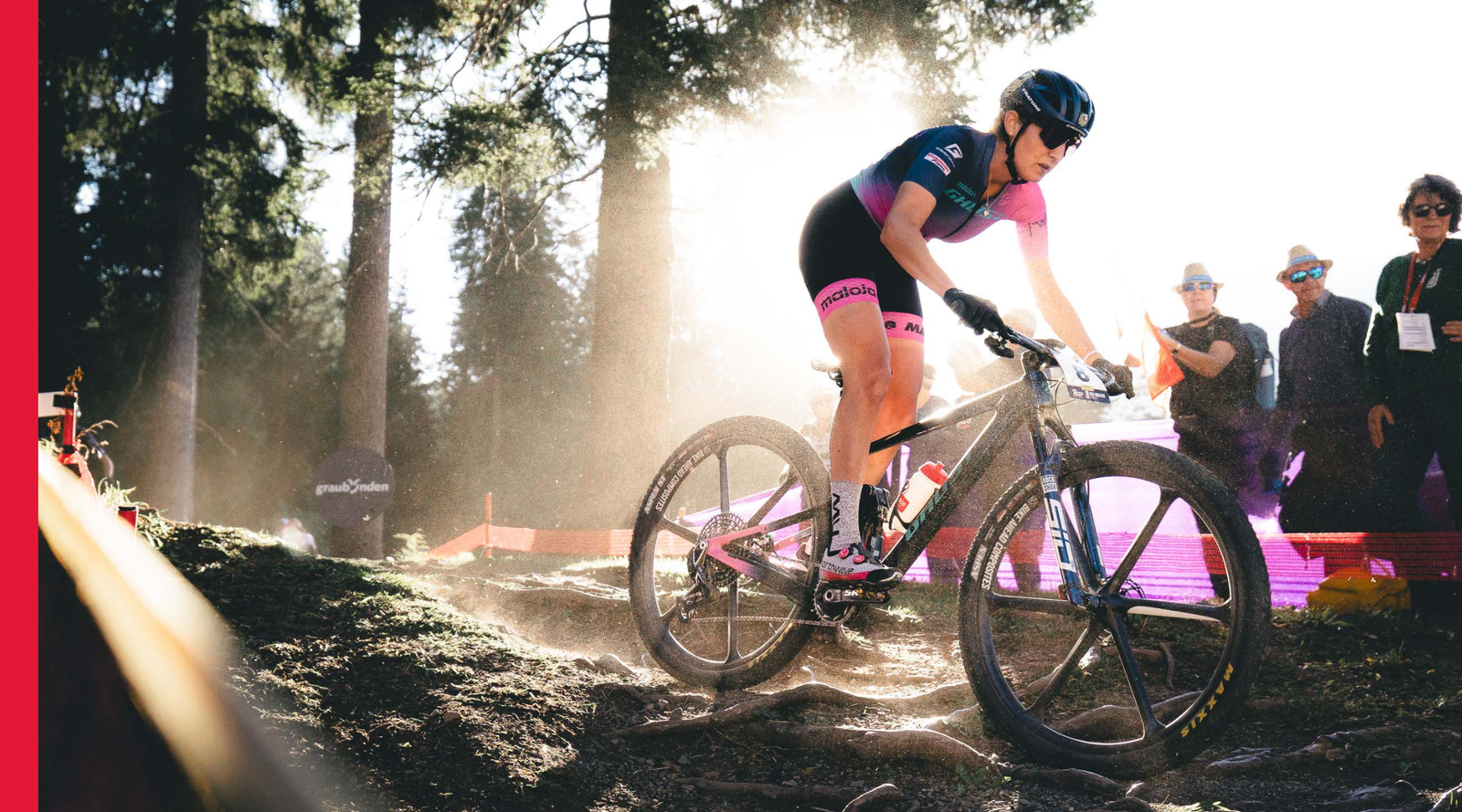
Dust. Drama. Determination. Ghost Factory Racing in Lenzerheide
The Ghost Factory Racing Team brought grit and determination to Lenzerheide. A weekend of chaos, adrenaline and moments of brilliance as the World Cup season builds towards its North American finale.
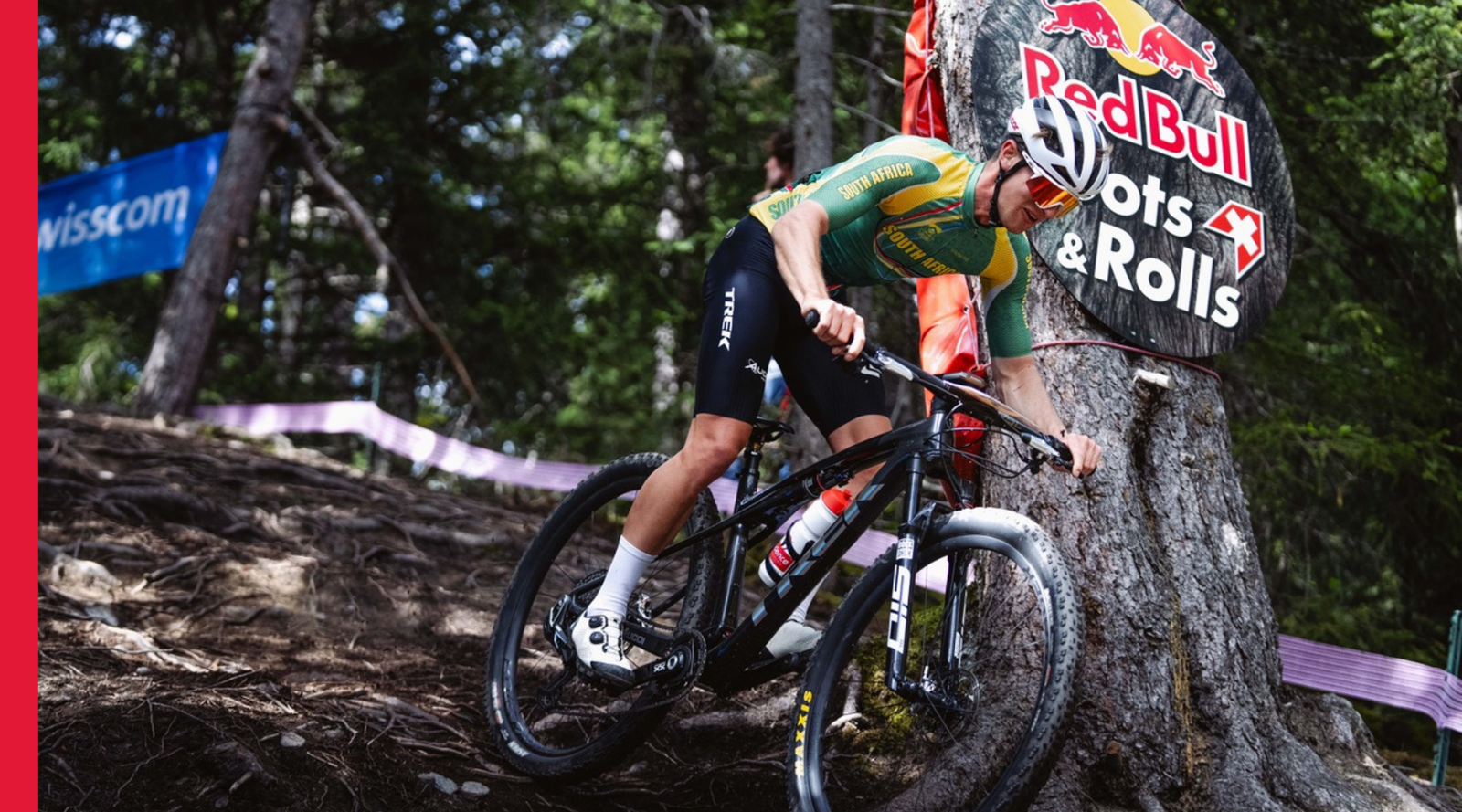
Massi Ambrosi breaks into the top 15 at his first U23 World Champs
Massi Ambrosi impresses at the 2025 UCI Mountain Bike XCO World Championships, finishing 15th in his first U23 race. Here’s how he tackled the course, fuelled his ride with Cadence Nutrition and reflected on representing South Africa on the world stage
